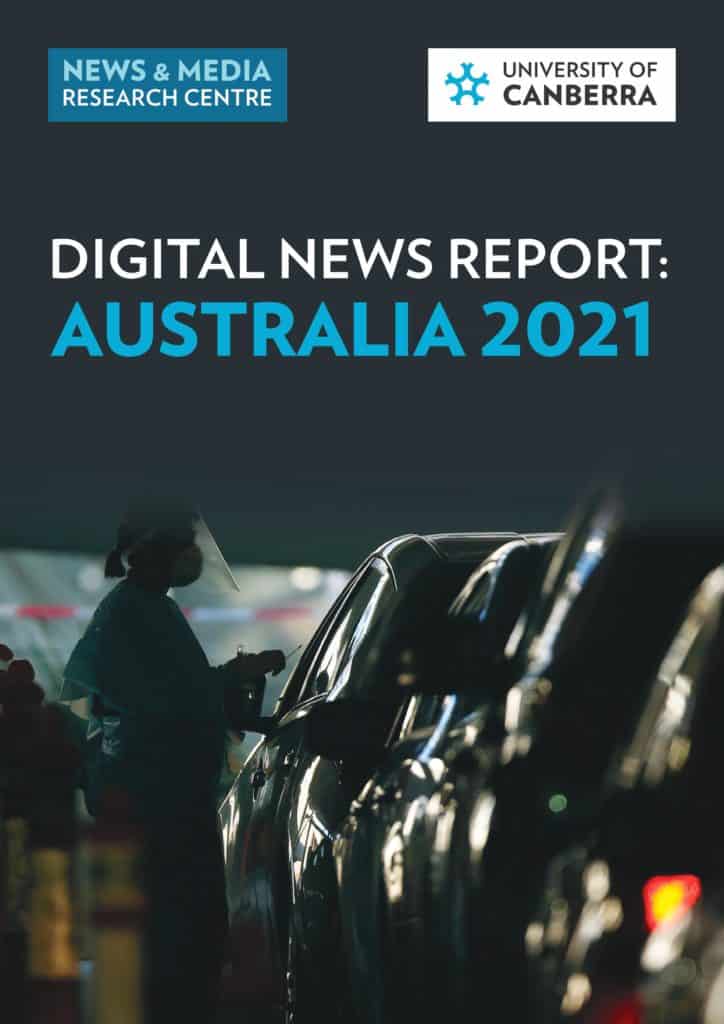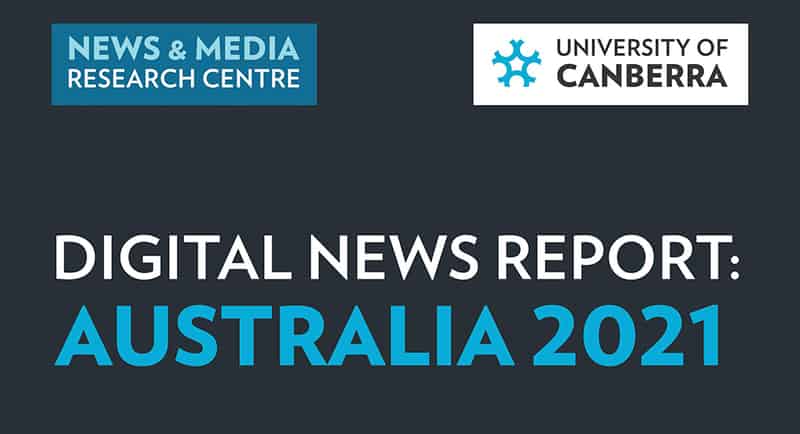Australians have become more trusting of news over the past 12 months, but the majority don’t know the news industry is financially struggling, according to the Digital News Report (DNR from the News and Media Research Centre (N&MRC) at the University of Canberra.
Trust grows
The research team surveyed more than 2,000 adult Australian news consumers and found that trust in news has rebounded to 43% (five points higher than last year) but is well below the Covid-19 “trust bump” of 53% during the start of the pandemic.
“The improvement in trust likely reflects the public’s greater reliance on news in a crisis, and the active dissemination of official health advice by news outlets during the pandemic,” said lead author of the report Professor Sora Park.
“However, the peak in trust associated with news reporting about Covid-19 at the start of the pandemic has not been transferred to news in general”.
The report notes the high level of heavy news consumption during the early days of the pandemic (70%) has also fallen to 51%, four percentage points lower than pre-Covid. This decline in heavy consumption is also accompanied by a fall in interest.
Consumers don’t grasp financial pressures facing news brands
The report also finds 66% of Australians are unaware the news industry is financially worse off than 10 years ago.
Co-author of the report, Associate Professor Caroline Fisher said this is important because people who understand the difficulties facing the news industry are more likely to pay for news.
“Despite the importance of credible news and information during the COVID-19 pandemic and early increases in consumption, the percentage of Australians paying for news has not increased,” said Dr Fisher.
Only 13% of Australian’s are paying for online news, which is below the global average of 17%, and the vast majority of those who are currently not paying (83%) say it is unlikely they will pay for news in the future.
Women and Gen-Z poorly represented
The data reveals that more than half of Australians think the news media represent their views and community sufficiently and fairly. However, young women are the most dissatisfied. A quarter of Gen Z women (26%) think they are under-represented in the news compared to 11% of Gen Z men.
Women, younger generations, regional Australians and those with low income and education are less likely to see themselves or their views as being fairly or sufficiently reflected in the news.

Other Digital News Report key findings include:
• High interest in news has declined from 64% in 2016 to 52% in 2021.
• Print consumption has halved since 2016. Most Australians (80%) say they have not read a newspaper or magazine in the past week.
• 54% of Gen Z say social media is their main source of news, up from 47% in 2019, tripling among those aged 75 and over since 2019. Overall, 23% of Australians mainly use social media for news.
• 44% oppose the government supporting commercial news organisations that are in financial difficulty.
• Facebook for news (33%) has gradually decreased since 2016 (45%).
• Australians prefer impartial news. 73% agree news should present a range of views, 57% agree news should always be neutral, while 28% contend there is no point being neutral on some issues.
• More than half of Australians say the COVID-19 pandemic has impacted on their personal circumstances (57%) which is much lower than the global average (74%) and the lowest among all 46 countries surveyed.
The DNR report is available in full here.
The DNR: Australia 2021 provides annual in-depth analysis of the state of news consumption in Australia. It is part of a global research project involving 46 countries coordinated by the Reuters Institute for the Study of Journalism at the University of Oxford. The survey was conducted by YouGov at the end of January/beginning of February 2021.
See also:
Research: ABC & newspapers most trusted, social media not so much
Australians trust Government ahead of media for coronavirus news
